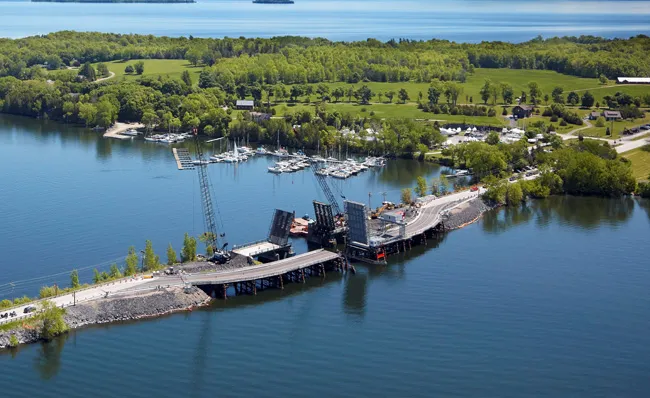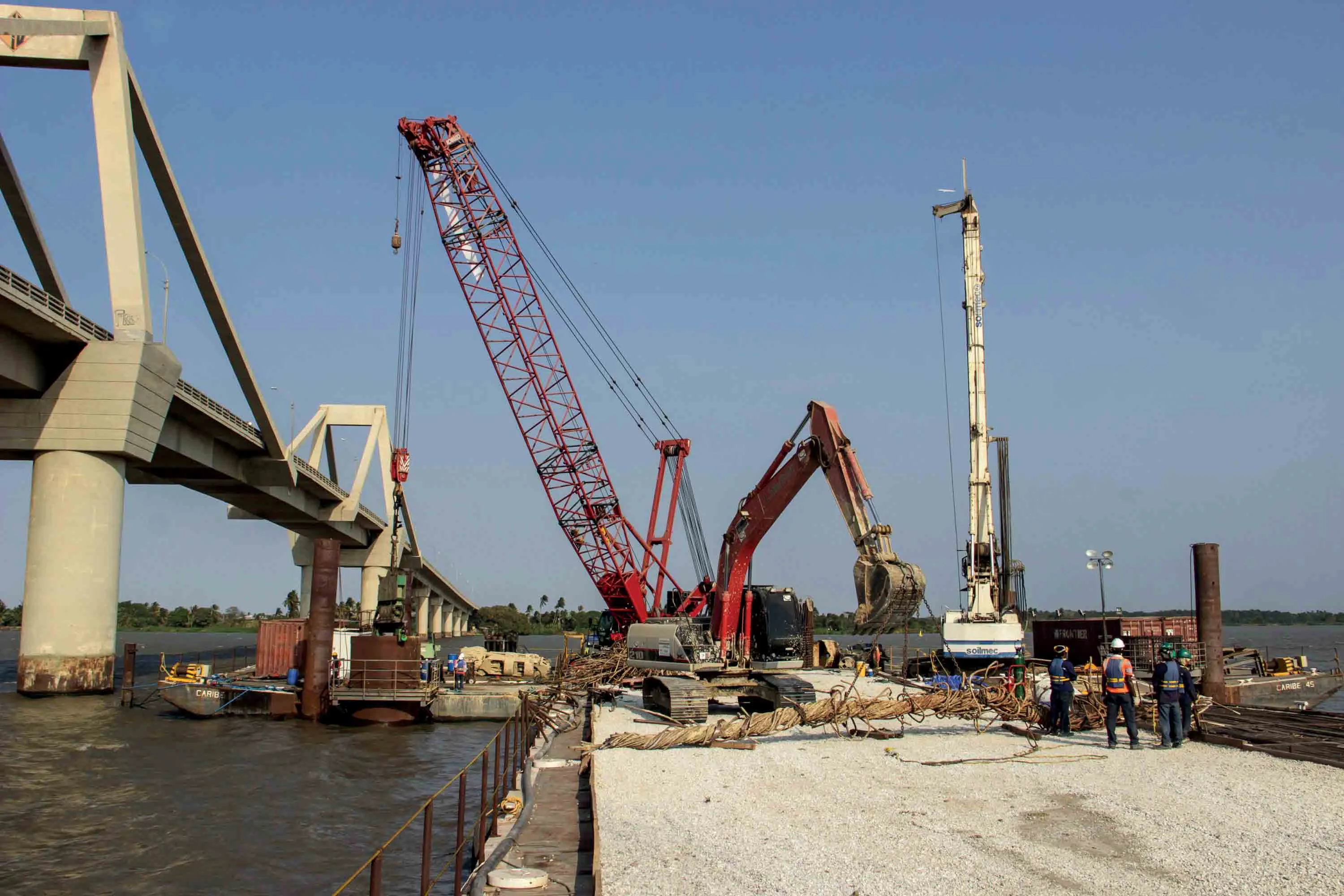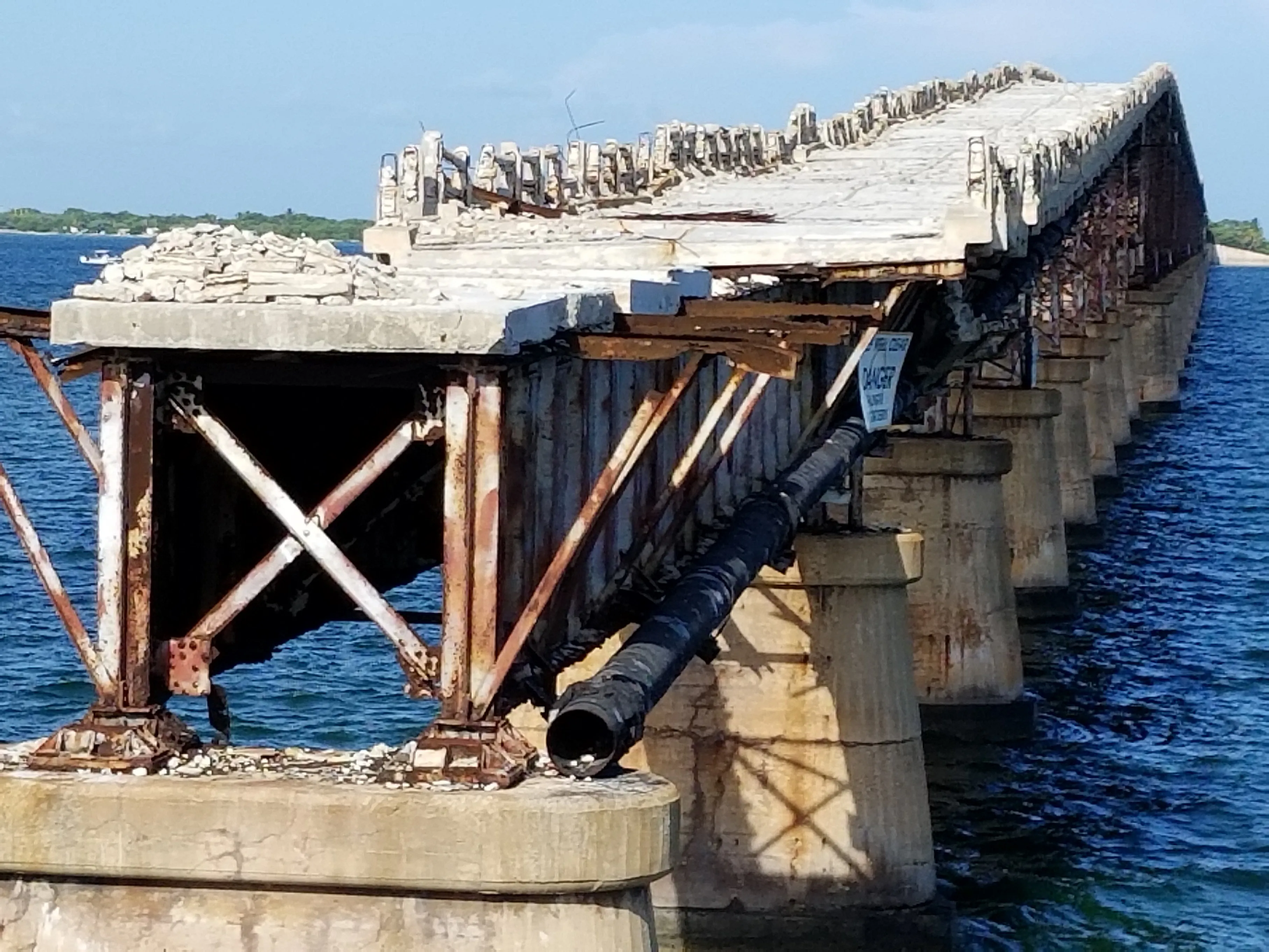
In Colombia, an area hit hard by devastating floods is now benefiting from a temporary steel bridge. The modular steel structure was supplied by Acrow Bridge and has been playing an important role in helping with relief efforts following the extensive damage caused by the recent floods.
The modular steel bridges were erected in the City of Mocoa in the south-western part of Colombia following the floods and mudslides that left more than 250 people dead and hundreds missing. The Acrow structure being used will aid in relief efforts to the region and was constructed from inventory previously purchased by the National Army of Colombia.
The torrential rains caused extensive damage across large parts of South America, triggering floods and mudslides. Peru, Ecuador and Colombia were particularly hard hit. It is believed that the extreme weather was caused by factors including climate change; an ongoing centralisation of the population to urban areas; and a localised El Niño event, caused by the rise in the temperature of the Pacific Ocean.
The Acrow structure is playing a key role in the relief and recovery efforts and has allowed for the delivery of aid, as well as allowing for deliveries of construction equipment into sites that were affected by the mudslides.
The Colombian agencies responsible for the construction were Agency for National Infrastructure (ANI), the National Road Institute (Invias) and the Concessionaire (Allied Concession for Progreso). The 42m-long by 4.2m-wide Acrow bridge opened to traffic just 10 days after the rains stopped.








